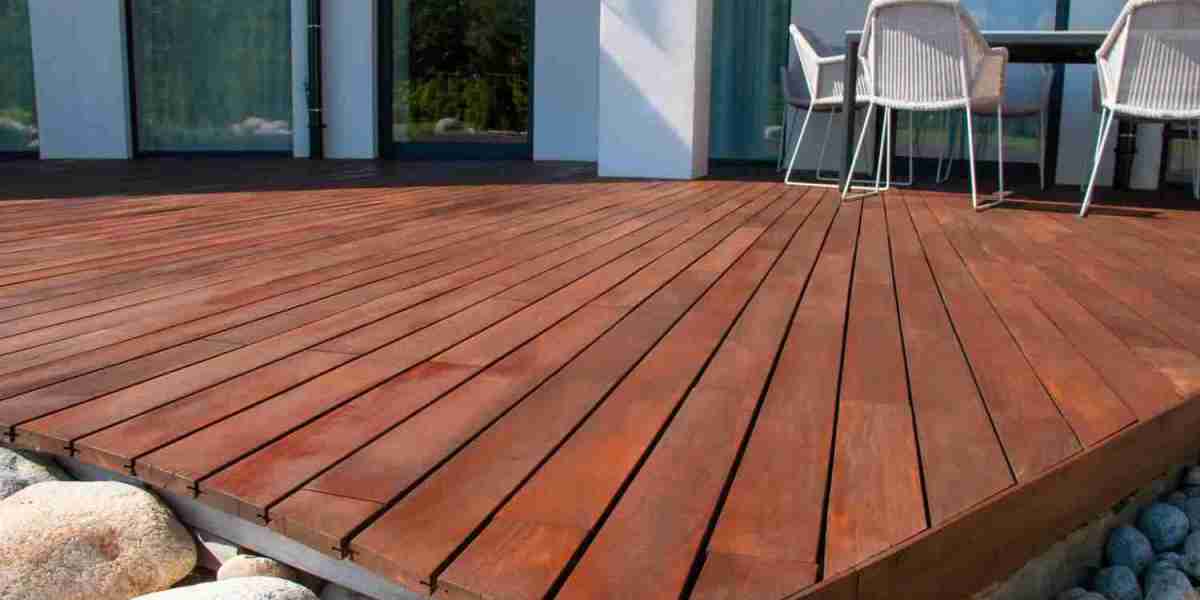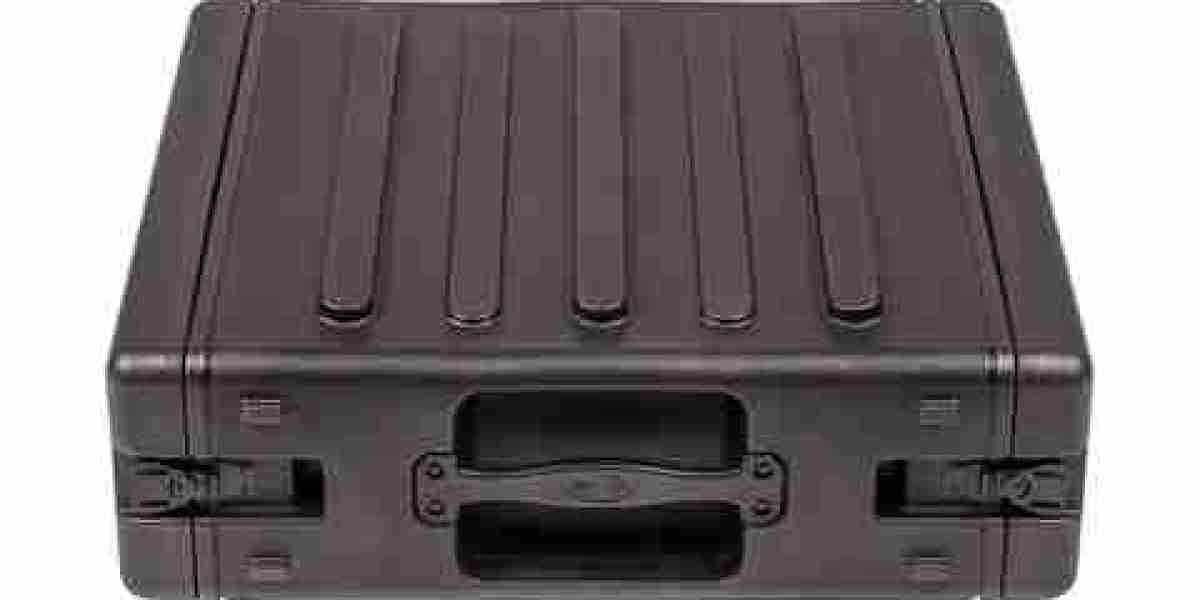A deck is more than just an outdoor structure—it’s a place to relax, entertain, and enjoy the beauty of nature. Over time, exposure to the elements can take a toll on your deck, causing it to become worn, weathered, and less visually appealing. If your deck is looking a bit worse for wear, deck resurfacing could be the perfect solution to restore its beauty and functionality without the expense of a full deck replacement.
What is Deck Resurfacing?
Deck resurfacing is the process of replacing the top surface of your existing deck while keeping the underlying structure intact. This method involves removing the old, worn-out decking boards and replacing them with new ones, often using more durable materials. The goal is to revitalize the deck, making it look like new again, while saving you time and money compared to a complete rebuild.
Benefits of Deck Resurfacing
Cost-Effective
One of the primary reasons homeowners opt for deck resurfacing is its cost-effectiveness. Replacing the entire deck can be expensive, especially when considering both labor and material costs. Resurfacing, on the other hand, focuses only on the surface, making it a fraction of the price of full replacement.Quick and Efficient
Resurfacing a deck is typically much quicker than building a new one. Depending on the size of the deck and the materials used, the resurfacing process can be completed in just a few days. This minimizes disruption to your outdoor space and allows you to enjoy your refreshed deck sooner.Environmental Impact
By resurfacing your deck instead of tearing it down and rebuilding, you’re reducing waste. Instead of sending old materials to a landfill, you’re reusing the underlying structure, making the process more environmentally friendly.Increased Home Value
A well-maintained deck adds significant value to your home, and resurfacing can bring an old deck back to life. Whether you’re planning to sell or simply want to improve the aesthetic of your outdoor living area, resurfacing is a smart investment that enhances curb appeal and functionality.
When Should You Consider Deck Resurfacing?
Deck resurfacing is ideal when the deck’s framework and structure are still in good condition, but the surface has become damaged. Common signs that it may be time to resurface your deck include:
Worn-out, weathered boards: If the decking boards are cracked, splintered, or faded, resurfacing is a good way to restore the look and feel of your deck.
Loose or damaged boards: If the boards are coming loose or have significant damage, resurfacing can replace these problem areas without needing to rebuild the entire deck.
Signs of rot or decay: While minor rot on the surface can be fixed with resurfacing, extensive rot in the deck’s structure may require a full replacement.
If your deck has severe structural damage, such as rotting beams or joists, it might be time to replace it entirely.
Materials Used in Deck Resurfacing
When it comes to choosing materials for your resurfaced deck, there are several options, each with its advantages:
Wood: Traditional wood decking, such as pressure-treated lumber or cedar, is still a popular choice for resurfacing. Wood offers a natural look, but it requires regular maintenance to prevent rot and splintering.
Composite Decking: Composite materials, made from a blend of wood fibers and plastic, are becoming increasingly popular due to their durability and low-maintenance requirements. Composite decking resists fading, staining, and splintering, making it a great choice for those looking for a long-lasting option.
PVC Decking: Made entirely from plastic, PVC decking is highly durable, resistant to moisture, and requires little maintenance. It’s available in a range of colors and finishes to complement any home style.
Aluminum Decking: Aluminum is a less common but highly durable material that resists rust, decay, and fading. It’s ideal for areas with harsh weather conditions, such as coastal regions.
The Deck Resurfacing Process
The deck resurfacing process generally follows a few key steps:
Inspect the deck’s structure: Before any work begins, a professional will inspect the deck to ensure the underlying structure is sound. This includes checking for rot or any issues with the frame.
Remove the old decking boards: The existing decking boards are removed, leaving the frame intact.
Prepare the surface: The frame is cleaned and any necessary repairs are made to ensure the surface is stable and ready for the new boards.
Install new decking boards: New boards are installed according to your material choice, ensuring a secure fit and smooth surface.
Finishing touches: Finally, finishing touches such as staining, sealing, or adding railing systems can be applied to complete the project.
Conclusion
Deck resurfacing is a great way to restore the look and function of your outdoor space without the hefty price tag of a complete deck replacement. With a wide range of materials available, it’s easy to find a solution that fits your style and budget. Whether you’re dealing with worn-out boards, fading colors, or minor damage, resurfacing can breathe new life into your deck, allowing you to enjoy your outdoor space for years to come.




